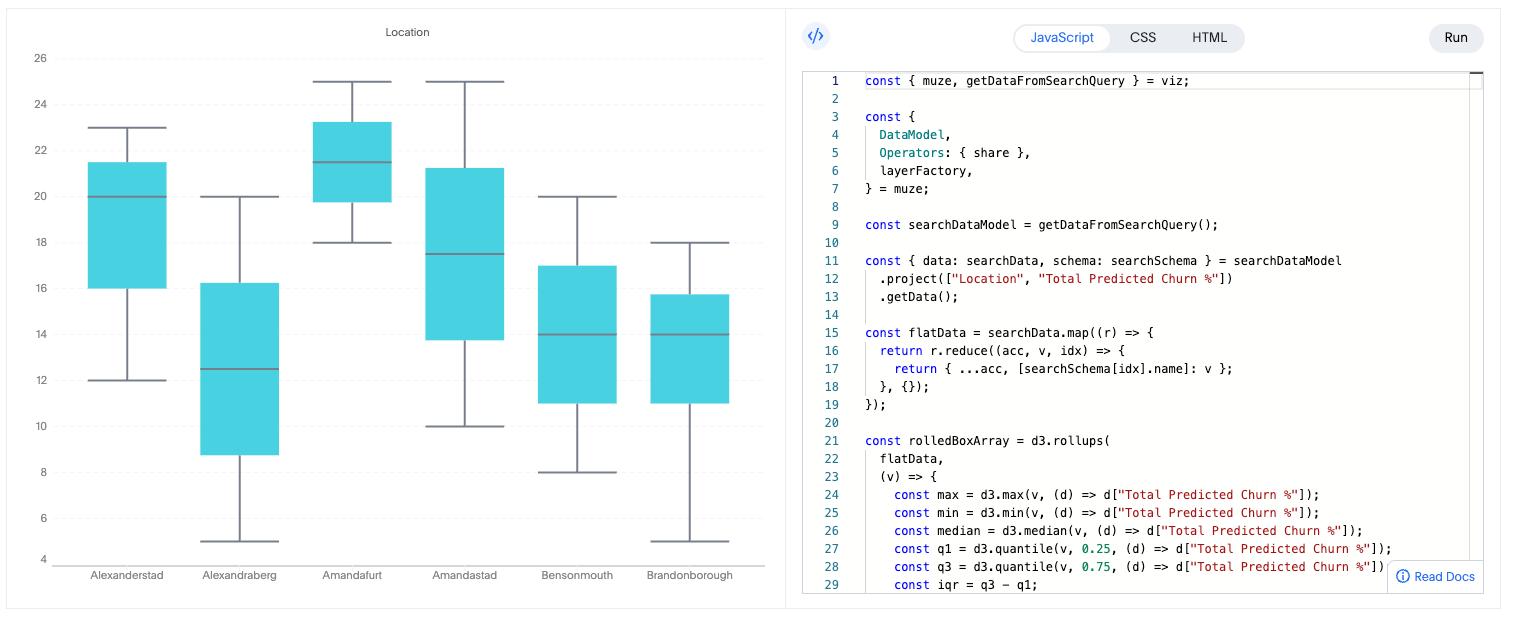ThoughtSpot Cloud Documentation
ThoughtSpot Cloud™ is our hosted and managed Software as a Service (SaaS) offering. ThoughtSpot Cloud is available on Amazon Web Services (AWS) and Google Cloud Platform (GCP). Customers can choose the cloud and region where they would like their ThoughtSpot Cloud service deployed.
ThoughtSpot Cloud offers multiple advantages over deployment form factors that you have to manage and maintain within your own organization.
Find topics for the common types of ThoughtSpot users.
What’s new in ThoughtSpot Cloud
February 2026 26.2.0.cl
Spotter conversation history
Spotter now saves your conversation history, preserving your past answers in the context of your searches. You can continue a previous conversation at any time.
Spotter chat prompt update
UI changes for chat (EA? Beta?)
Memory formation from Liveboard
Publishing coaching to Orgs
Customizable announcement banners
UI for parameterization Early Access
Publish/unpublish workflow Early Access
AI auto-translation for Liveboards and Answers
We now support locale-specific translations for all written text on saved Answers and Liveboards, apart from column names. Translations are matched with the locale chosen in the user profile.
1mind integration
Chart recommendation Early Access
Date interval setting
Pivot table enhancements
The new pivot table chart is now available by default. This new chart has improvements in the following areas:
-
Performance
-
Faster interaction while expanding rows and columns
-
Pagination
-
-
Customization
-
Custom sort order support
-
Column widths
-
Slicing with measures and attributes
-
Measure names and values
-
-
UX
-
Tooltips
-
Legends
-
Zebra mode
-
Decluttered header space
-
Share modal redesign Beta
ETag for TML import
Other features and enhancements
Spotter as an AI host
Train Spotter flow deprecation
Liveboard styling and grouping
Liveboard styling and grouping options are now on by default. Styles can be applied to a Liveboard, a tile, or a group of tiles to improve readability, differentiate specific content, or apply organizational branding guidelines. You can group relevant content together within a Liveboard using grouping.
Secure suggestions Early Access
New chart settings experience
The chart settings panel is completely redesigned with a more intuitive layout and easier access. With over 50 advanced settings available across different chart types, you’ll have pixel-perfect control over every aspect of your visualizations - including data label sizes, colors, font styles, grid lines, tooltips, and more.
Muze charts Early Access
Muze Studio
Muze Studio is now on by default. You can now create your own charts in ThoughtSpot using the Muze charting library. A developer can create new chart types by writing the code in the code builder.

Restartless flags in Admin portal
Restartless flags in Admin portal- style customization
Restartless flags in Admin portal- ThoughtSpot AI
Data indexing in published tables for connections with OAuth
Data indexing in published tables for connections with Service Account
Data indexing in published tables between Orgs
Indexing queries, skip non-model columns
User-org level acl fetch
Custom calendar approximate date filter
CSV upload support for BigQuery
Bridge support for Teradata
Google Sheets connection
dbt improvements
Connection flow performance improvements
Group aggregate enhancement
Column-level property for row-level security
Column security rules Early Access
Formula variables Early Access
UI for variables Early Access
Aliasing dimension tables in Models Early Access
ifdnef::free-trial-feature[]
Schema updates for RBAC Early Access
Analyst Studio
For the Developer
For new features and enhancements introduced in this release of ThoughtSpot Embedded, see ThoughtSpot Developer Documentation.







